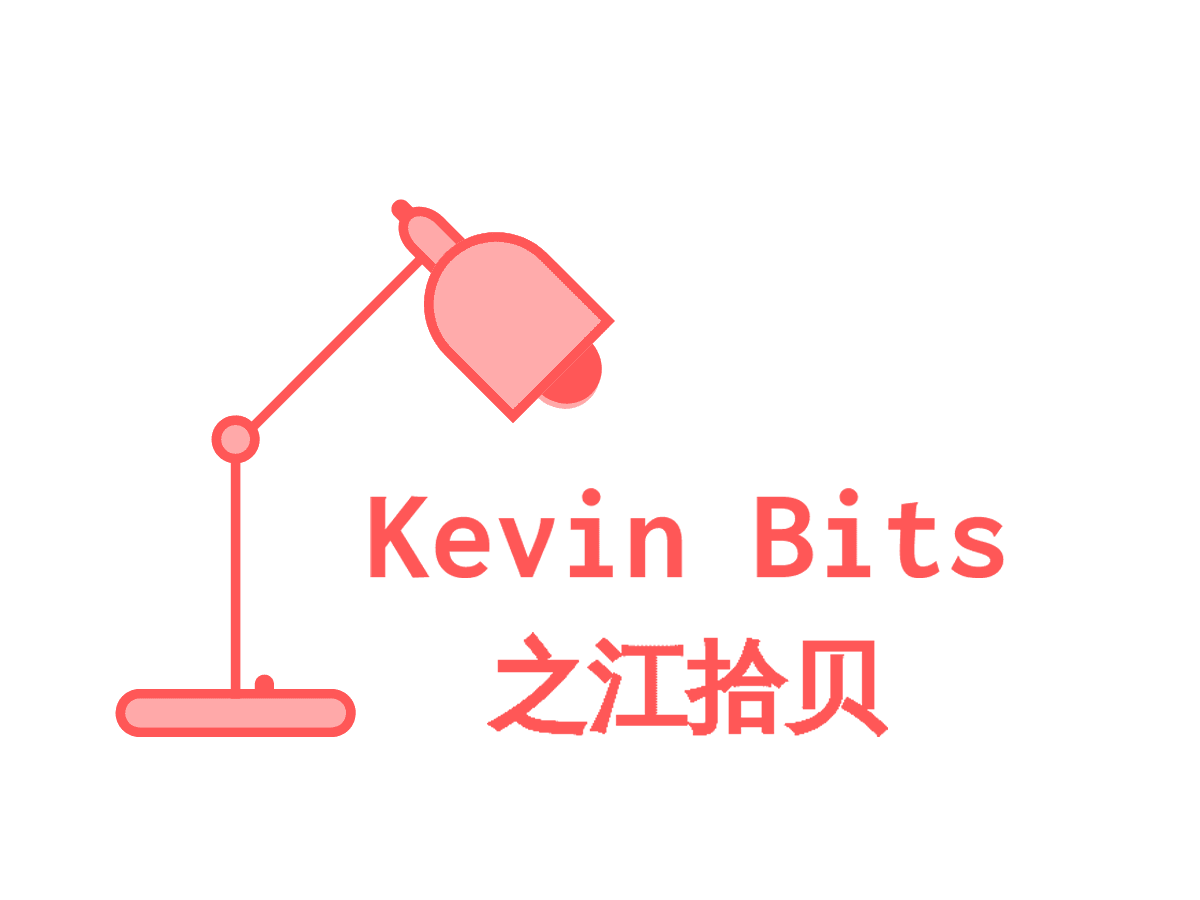On Sept 23, 2011, Germany was reported fall far short of selling all the government bonds it put up for auction. The market interpreted it as a sign of deepening debt crisis in the euro zone. I think it might be because smarter investors were expecting imminent ECB policies that would late make the Germany bonds less attractive at yield of ~ 2%. Investors were very reluctant to buy Germany bonds and instead waited for better deals.
A central point at the time was if the ECB would assume the lender of last resort for the euro zone countries, like the Fed for the U. S. The ECB law was explicit that the ECB is not the lender of last resort for the governments. However the law is a little flexible in which allows the ECB to buy and to hold government bonds on “limited quantity” and “temporary” basis. The limit and timeline are not defined in the law and are left to be clarified case by case. The ECB hesitated initially but eventually became accommodative. In December 2011, the ECB purchased bond but capped €20B/week.
The design of euro was defective in the sense that euro nations retained freedom on spending but were stripped the authority to print money. That is a controllability issue, a concept that is well defined in the modern control theory. In this case, a monetary union must be accompanied by a fiscal union (yet to be established) in order to be controllable. For the ECB to assume properly the role of the last lender of resort, it needs a central entity to police the spending by all euro zone countries. I think this is what the European countries are doing right now, despite the pain you can see from the headline news of some euro countries.
I think the ECB will eventually become the lender of last resort for euro countries. Those countries will have to work hard on integration as a fiscal union – the entity that will police the spending by governments. For now, I think the ECB has enough power and tools, though limited in size and in duration, to resolve the debt crisis thanks to the flexibilities that were built into the ECB law. Note that U. S. Fed used similar clauses in the Fed laws that engineered a ~$700B financial rescue plan in 2008.
Here is an example of how the ECB is employing its limited power to fight the debt crisis and how it can stave off the debt crisis. On Dec. 9 2011, the ECB announced
1) to make unlimited loans available to EU banks at maturity of three years (the previous limit was 13 months),
2) to accept a much wider pool of collateral for loans so that banks can borrow more if needed; and
3) to lower bank reserve requirements for commercial banks by 1% which will freeze €103 B (~4%GDP of Germany).
The three year loan facility in December 2011 was at amount €489B, next round will be in late Feb 2012. As a result of that, the yield of long term bonds for euro countries such as Italy has come down noticeably, and the equity market in Europe has responded favorably since then.
It reminds me the book “In Fed We Trust” I read a few years ago. The Fed and the ECB are truly powerful institutions.
